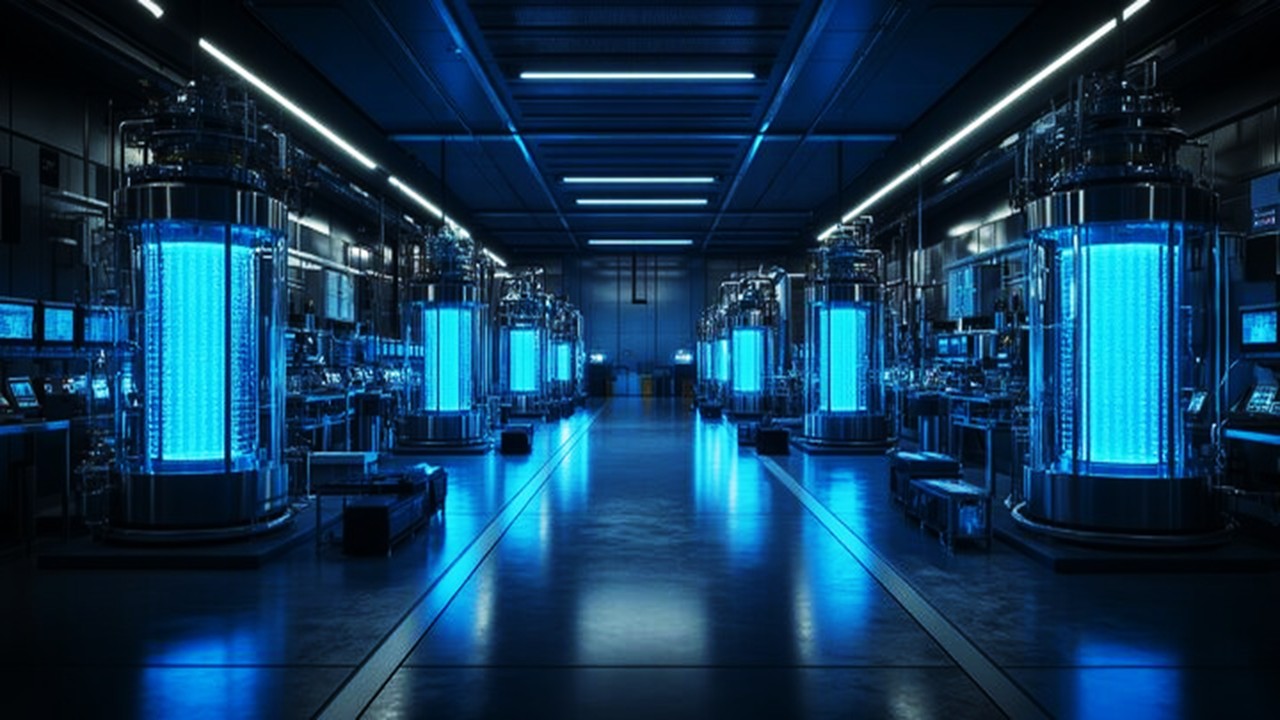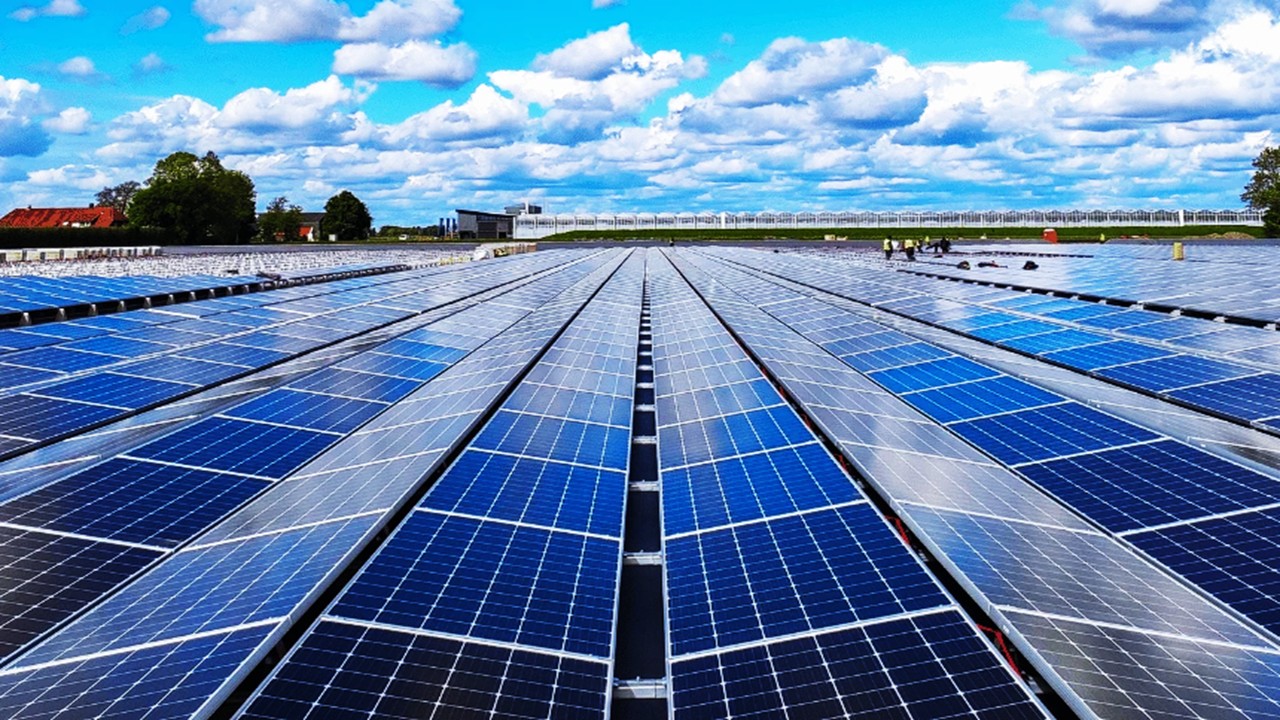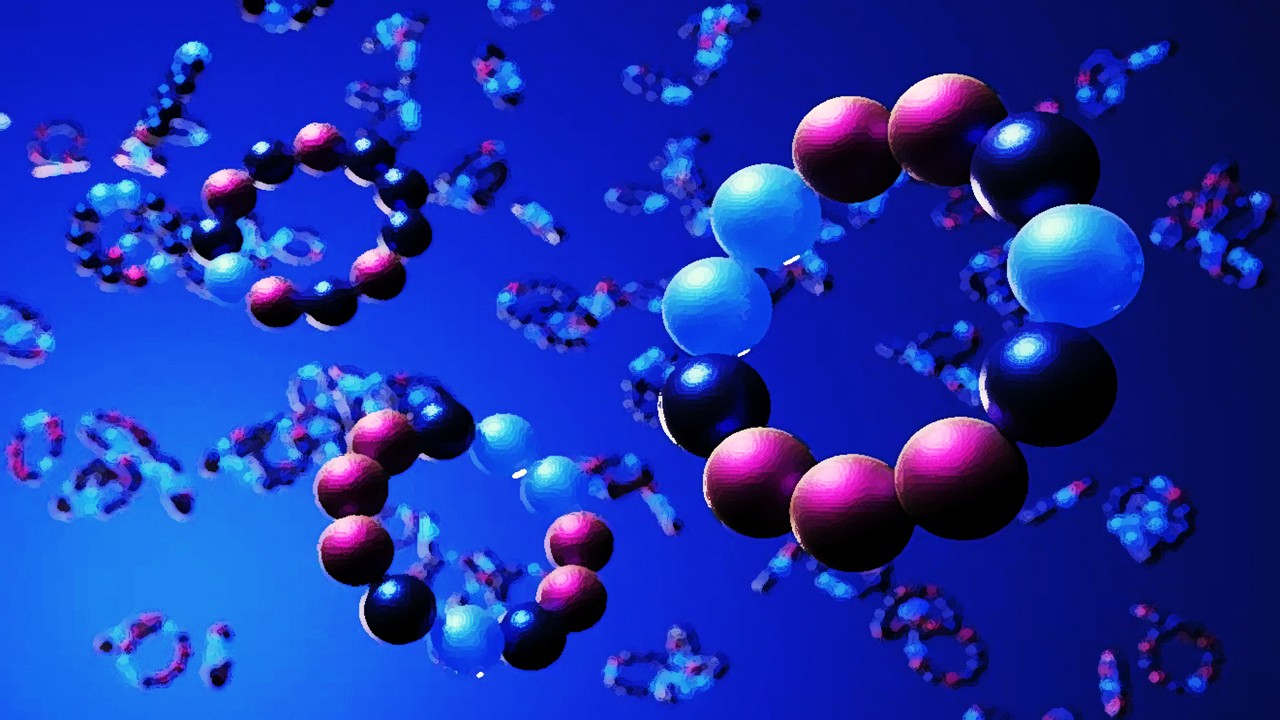The Hydrogen Imperative: Why the Chemical Industry Must Transform
The chemical industry, often lauded for its innovations in materials and pharmaceuticals, carries a quieter burden—its immense appetite for energy and its historically carbon-intensive processes. As global environmental accountability intensifies, the sector finds itself at a pivotal crossroads. Conventional fossil-fuel-based production methods have long provided the thermodynamic muscle behind processes like ammonia synthesis, ethylene cracking, and methanol formation, but they also remain some of the largest industrial contributors to greenhouse gas emissions. In this context, hydrogen emerges not as a speculative dream, but as a tangible pivot—a fuel and feedstock poised to redefine the chemistry of industrial energy.
Hydrogen’s allure lies in its simplicity. It is the lightest element, yet chemically potent, and when used as a fuel, it emits only water. This makes it uniquely suited for clean energy transitions where combustion is unavoidable or where electrification falls short. In chemical manufacturing, where high-temperature reactions and reducing atmospheres are frequent requirements, hydrogen’s dual identity—as both energy vector and reactive participant—renders it a rare strategic asset. The shift to hydrogen, however, is not a mere substitution of inputs; it demands a re-architecture of processes and a reimagining of thermodynamic flows.
Historically, hydrogen used in industry has been extracted from methane through steam methane reforming (SMR), a process ironically counterproductive to environmental goals due to its CO₂ byproducts. Now, the tide is shifting toward green hydrogen—produced via electrolysis powered by renewable electricity. This transition alters not just the emissions profile of manufacturing but the very philosophy of industrial design. Instead of treating energy and material streams as discrete entities, green hydrogen promotes a convergence, where electrons from wind or sun can feed directly into molecule-making.
Beyond environmental necessity, the drive toward hydrogen is also born of geopolitical and economic self-preservation. Regions rich in renewable resources are discovering the potential to become hydrogen exporters, turning solar farms into chemical economies. For the chemical industry, this opens opportunities for decentralized manufacturing models, where hydrogen hubs anchor modular production sites far from traditional fossil-fuel infrastructure. In this emerging topology, hydrogen becomes the connective tissue for distributed but networked chemical manufacturing.
Thus, the imperative is clear. Hydrogen is no longer a speculative vector—it is becoming a foundational currency in the redesign of chemical manufacturing. Its success depends not only on advances in electrolyzer efficiency or pipeline retrofitting, but on rethinking how chemicals are made from the molecular level up. The chemical industry, for all its legacy, is now being asked to pivot toward a cleaner, hydrogen-fueled epoch—one molecule, one process at a time.
Process Heat Without Carbon: Hydrogen’s Thermochemical Advantage
Many of the world’s most energy-hungry chemical reactions are not inherently polluting—they become so because of how we deliver heat. Process heat, the thermal backbone of reactions like steam cracking or hydrocracking, has long been generated by burning coal, oil, or natural gas, embedding carbon into every product by default. Hydrogen offers a radical alternative: combustion without carbon. When burned, hydrogen produces only heat and water vapor, making it an attractive candidate for decarbonizing thermal systems in chemical plants.
What makes hydrogen particularly advantageous is its high energy density per unit mass, allowing it to deliver the intense temperatures required for endothermic reactions. In processes like ethylene production, which demand reaction zones exceeding 800°C, hydrogen combustion can seamlessly integrate with existing furnaces, provided material compatibility and flame management are addressed. These are not trivial engineering challenges—hydrogen burns hotter and faster than methane, requiring new burner designs and refractory materials—but they are solvable, and early adopters are proving their feasibility.
Moreover, hydrogen’s potential goes beyond just being a heat source. In processes that require reducing atmospheres—such as in metallurgical refining or catalytic dehydrogenation—hydrogen can serve as both heat provider and reactive agent, streamlining system complexity. In ammonia plants, for instance, hydrogen not only generates the necessary thermal conditions but also directly participates in the Haber-Bosch reaction. Integrating hydrogen in this way simplifies process flows and could ultimately lead to more compact, modular, and energy-efficient reactor designs.
One of the key transitional strategies involves hybrid systems where hydrogen co-fires with methane or other fuels, reducing overall emissions while mitigating operational risk. These transitional architectures allow manufacturers to incrementally shift their energy systems while evaluating longer-term infrastructure upgrades. Such stepwise integration avoids the capital-intensive shock of full retrofitting while keeping the system future-compatible with green hydrogen inputs.
Thus, hydrogen’s thermochemical advantage is not confined to theory—it is being validated in pilot plants, retrofitted crackers, and next-generation reactors. The thermodynamics remain constant, but the feedstock and fuel driving them are poised for disruption. Hydrogen transforms heat from a pollutive necessity to a clean enabler, realigning energy flows with a carbon-neutral vision of industrial chemistry.
Hydrogen as a Reagent: Cleaner Paths to Essential Molecules
While hydrogen’s role as a fuel is increasingly recognized, its importance as a reagent—an active participant in chemical synthesis—is even more transformative. In many high-volume manufacturing streams, hydrogen is not just a source of heat but an elemental component, incorporated directly into the structure of target compounds. From ammonia to methanol, hydrogen shapes the molecular scaffolding of modern civilization, and rethinking its source changes everything.
Ammonia synthesis remains one of the most illustrative use cases. The Haber-Bosch process, which binds hydrogen to nitrogen under high pressure and temperature, has been optimized over a century but still relies on grey hydrogen sourced from fossil methane. Transitioning this to green hydrogen disrupts more than the carbon ledger; it challenges the supply chain logic of global nitrogen fertilizer production. Already, demonstration plants are exploring electrolysis-fed ammonia loops where green hydrogen is generated on-site, bypassing the need for centralized hydrogen delivery and reducing storage risks.
Methanol production follows a similar trajectory. Traditionally derived from syngas—a mixture of hydrogen and carbon monoxide—methanol serves as both a fuel precursor and a platform molecule in the synthesis of formaldehyde, acetic acid, and countless polymers. Incorporating green hydrogen into syngas formation reduces the carbon burden at the source, and in emerging pathways, CO₂ itself can be used as the carbon source, enabling synthetic circularity. This forms a closed-loop ecosystem where captured emissions are reincorporated into product streams, guided by hydrogen as the central player.
Hydrogen also figures prominently in refining and petrochemical upgrading. In hydrocracking, hydrodesulfurization, and hydrodenitrogenation, hydrogen atoms cleave, saturate, or purify hydrocarbon chains. These reactions, while essential for fuel cleanliness and performance, traditionally represent significant emissions points. Green hydrogen introduces a paradoxical elegance—using clean molecules to purify dirty ones, until even those “dirty” fuels transition out of relevance.
In the pharmaceutical industry, hydrogenation reactions are cornerstones of active pharmaceutical ingredient (API) synthesis, particularly in stereo-specific modifications of carbon skeletons. Here, the purity and consistency of hydrogen matter deeply, as reaction yields and chirality depend on precision. Integrating green hydrogen ensures not only sustainability but tighter control over contamination, especially in ultra-sensitive production environments.
Thus, hydrogen as a reagent becomes more than an ingredient—it is a reagent of change. It redefines synthetic chemistry from a process dependent on fossil intermediates to one capable of regenerating itself through renewable inputs. In this narrative, hydrogen is the protagonist of a chemical renaissance.
Electrolysis and Infrastructure: The New Anatomy of Industrial Supply
The path to green hydrogen begins with electrolysis, a process both deceptively simple and technically demanding. Using electricity to split water into hydrogen and oxygen, electrolysis represents the cleanest method of hydrogen production—if, and only if, the electricity comes from renewables. This process changes the anatomy of industrial supply: instead of piping hydrogen from centralized fossil hubs, manufacturing sites must now consider local or regional electrolysis powered by solar, wind, or hydro sources.
Alkaline and PEM (proton exchange membrane) electrolyzers currently dominate the industrial landscape, each with distinct advantages. Alkaline systems are cheaper and well-established, while PEM systems offer higher purity and faster responsiveness to variable power loads—a key requirement when renewables fluctuate. As research advances toward solid oxide electrolyzers, which operate at higher efficiencies and can integrate directly with high-temperature processes, the infrastructure landscape is becoming modular and diversified.
This modularity is crucial. Chemical plants traditionally operate as monoliths, designed around centralized utilities. Electrolyzers, by contrast, allow for distributed hydrogen production, potentially embedded within or adjacent to manufacturing units. This reduces transport losses, pipeline needs, and hydrogen leakage—an often overlooked but non-trivial concern given hydrogen’s small molecular size and material permeability issues.
However, reconfiguring infrastructure around hydrogen involves more than placing electrolyzers near reactors. It entails redesigning safety systems, storage protocols, and pressure management schemes. Hydrogen’s broad flammability range and low ignition energy require more stringent containment and ventilation designs than traditional fuels. Furthermore, industrial users must invest in compressors, purifiers, and high-pressure tanks—or explore the use of metal hydrides and chemical carriers like ammonia for safer storage.
As the infrastructure evolves, so too does the idea of industrial geography. Where fossil energy dictated proximity to coal mines or gas fields, hydrogen allows location to follow sunlight, wind, or hydro potential. Entire industrial parks are now being planned around hydrogen hubs, with shared electrolysis, storage, and distribution networks. This reterritorialization represents not just a shift in chemistry, but a remapping of industrial logic itself—clean, modular, and renewable at its roots.
Catalysis in a Hydrogen Economy: Engineering Selectivity and Speed
The integration of hydrogen into chemical manufacturing is inseparable from the science of catalysis. Whether in the hydrogenation of alkenes or the ammonia synthesis loop, catalysts govern the kinetics, thermodynamics, and selectivity of hydrogen-involved reactions. As green hydrogen enters the scene, catalysis is undergoing a renaissance—one defined not just by new materials but by a re-examination of how reaction environments evolve under sustainable paradigms.
Traditional catalysts have long been designed around grey hydrogen—impure, derived from fossil feedstocks, and carrying with it traces of CO, CH₄, and sulfur compounds. These contaminants influence catalytic behavior, often promoting side reactions or catalyst poisoning. Green hydrogen, by contrast, is inherently cleaner, introducing fewer interferents. This purer hydrogen feed permits higher catalytic fidelity and opens the door for ultra-selective reactions that were previously impractical due to background noise.
One profound shift is occurring in the development of single-atom catalysts (SACs). These structures, composed of isolated metal atoms dispersed on inert supports, offer unparalleled control over reaction pathways. In hydrogenation chemistry, SACs allow for precise manipulation of bond activation, enabling chemists to favor desired isomers or chiral outcomes. Their emergence marks a departure from traditional bulk metal catalysts, whose activity often came at the cost of indiscriminate reactivity.
Another frontier lies in photocatalysis and electrocatalysis—modalities that harness light or electrical energy to drive hydrogen-related reactions. These systems can pair directly with electrolysis units, forming integrated platforms where hydrogen generation and utilization occur synchronously. For instance, electrocatalytic CO₂ reduction to methanol using green hydrogen intermediates is being explored as a closed-loop manufacturing model, where atmospheric carbon is converted into valuable chemicals with minimal thermal input.
Enzyme-inspired catalysts are also gaining traction. Mimicking the hydrogenases found in microbial systems, these biomimetic catalysts exhibit high turnover frequencies at ambient conditions. Their relevance extends beyond academic curiosity—they embody the future of low-energy, high-efficiency hydrogenation, particularly in pharmaceutical or food-grade chemical manufacturing, where extreme conditions are unacceptable.
Catalysis in the hydrogen economy is no longer merely about speeding up reactions—it is about reprogramming them. Selectivity, purity, integration, and energy coupling are now the central themes. As the chemistry of hydrogen becomes more nuanced, so too must the tools that govern it. The industry is not just adopting hydrogen—it is being re-catalyzed by it, one reaction mechanism at a time.
Supply Chains Reimagined: From Petrochemistry to Electrochemistry
Hydrogen doesn’t merely change how chemicals are made—it changes where and when they’re made. This has radical implications for chemical supply chains, which for over a century have been architected around fossil economies. Petrochemical plants, refineries, and synthesis facilities have traditionally been clustered near ports or pipelines, their operations dictated by the flow of oil and gas. Hydrogen, particularly in its green form, untethers chemical manufacturing from this geography.
Electrochemical production routes allow manufacturers to position operations near renewable energy sources—wind farms in coastal regions, solar farms in deserts, or hydroelectric sites near mountainous catchments. Instead of shipping crude oil to distant refineries, companies are now exploring the shipment of electrons through grids or the localized production of hydrogen for on-site chemical synthesis. This transition decentralizes production and encourages regional specialization based on energy availability rather than resource extraction.
This decentralization is driving a new breed of chemical parks. These are compact, modular ecosystems that combine electrolysis units, synthesis reactors, and downstream formulation capabilities in a tightly integrated loop. Such parks reduce transport costs, emissions, and waste, while allowing for greater flexibility in scaling production up or down. In this model, chemical manufacturing becomes as nimble as data centers—rapidly deployable and dynamically responsive to energy inputs.
Feedstock logistics also undergo a transformation. Instead of crude oil distillation towers yielding a spectrum of intermediates, electrochemical synthesis uses targeted processes with specific inputs and outputs. For example, CO₂ captured from air or industry can be converted with green hydrogen into methanol, then onward into olefins or aromatics. This vertical integration, powered by electrons rather than crude fractions, streamlines operations and limits unnecessary complexity.
Inventory and distribution models follow suit. Instead of giant tankers ferrying methanol or ethylene across oceans, smaller volumes can be synthesized closer to demand centers, reducing storage risk and spoilage. Moreover, because electrochemical systems can be turned on or off rapidly, they enable just-in-time manufacturing—producing only what is needed, when it is needed. The chemical supply chain is becoming shorter, smarter, and cleaner, its arteries now pulsing with hydrogen-fed precision.
Barriers to Scale: The Material and Market Challenges
While the hydrogen economy is rich with potential, its scalability in chemical manufacturing is restrained by a constellation of technical and economic barriers. These challenges do not negate hydrogen’s promise but rather underscore the complexity of industrial transformation. From electrolyzer cost to regulatory inertia, each obstacle presents an opportunity for innovation—if approached with the right lens.
One major bottleneck remains the material science of electrolyzers. The membranes, catalysts, and electrodes used in PEM or solid oxide systems still rely on rare or expensive elements like iridium or platinum. Although research is rapidly advancing into earth-abundant alternatives, widespread deployment still faces supply chain vulnerabilities. The durability of these systems under industrial workloads—continuous operation, variable power loads, corrosive environments—remains an engineering challenge.
Then comes the question of hydrogen storage and transport. Compressing or liquefying hydrogen consumes energy and introduces safety concerns, while pipeline retrofitting demands metallurgical upgrades to avoid embrittlement. Chemical carriers like ammonia or LOHCs (liquid organic hydrogen carriers) offer alternatives, but they add their own layers of processing and purification. No perfect transport medium exists yet, and the choice often depends on context—distance, scale, and end-use chemistry.
On the market side, green hydrogen is still economically uncompetitive with grey or even blue hydrogen in many regions. While subsidies, carbon pricing, and green premiums are beginning to shift the equation, the economics of scale have not yet kicked in. Large chemical firms are understandably hesitant to retool multimillion-dollar plants for an energy vector whose price and supply remain volatile. What is needed is not only technological readiness but market signals strong enough to overcome inertia.
Policy and regulation further complicate the picture. Classification schemes that distinguish between green, blue, and grey hydrogen are inconsistent across jurisdictions, affecting everything from tax incentives to trade rules. In some regions, carbon-intensive hydrogen is still granted parity with clean alternatives, undermining the competitive edge of electrolysis-based pathways. Clearer standards and international harmonization are essential to unlock cross-border hydrogen trade and build confidence in green chemical supply chains.
Despite these hurdles, momentum is building. Pilot plants are expanding, venture capital is flowing into hydrogen startups, and governments are releasing national hydrogen strategies with ambitious targets. These developments hint at a coming phase shift—where the barriers, once seen as limitations, become benchmarks of progress. The scale problem is real, but so too is the collective will to solve it.
Toward a Molecular Future: Hydrogen’s Philosophical Rewriting of Chemistry
Hydrogen, at first glance, seems too simple a molecule to instigate such upheaval. Yet it is precisely this simplicity—its atomic clarity, its elemental purity—that enables it to serve as a fulcrum for the reinvention of chemistry. In reshaping chemical manufacturing, hydrogen is not merely a cleaner replacement. It is a philosophical disruptor, asking the industry to rethink what it means to synthesize, to reduce, to bond.
The hydrogen transition forces a reconceptualization of energy as embedded in molecules, not just flowing through grids. It blurs the boundary between electricity and chemistry, between process and product. In doing so, it fosters an integrative approach where material science, thermodynamics, catalysis, and systems engineering must converge. No longer can energy and matter be siloed; hydrogen demands a unified molecular worldview.
This convergence also brings with it an ethical recalibration. Chemical manufacturing, long viewed as a necessary polluter, is now being reimagined as a steward of planetary boundaries. Clean hydrogen symbolizes more than low emissions—it represents a commitment to circularity, precision, and regenerative design. Manufacturing with hydrogen is not just less harmful; it can be intrinsically harmonious with ecological and societal systems.
There is also a poetic symmetry in hydrogen’s rise. Once the first element forged after the Big Bang, it now stands at the frontier of industrial renewal. What began as a cosmic artifact may now underwrite a sustainable civilization, binding atoms together in cleaner ways, across cleaner landscapes. In this sense, hydrogen is not just a fuel or a feedstock—it is a medium through which human ingenuity meets planetary necessity.
Ultimately, the hydrogen revolution is about chemistry remembering its roots—its origins in curiosity, in transformation, and in the invisible architectures that hold the world together. As green hydrogen diffuses into the vessels of modern industry, it carries with it not just electrons or bonds, but a vision. A vision of chemistry reborn—not as a source of risk, but as an agent of renewal.
Engr. Dex Marco Tiu Guibelondo, B.Sc. Pharm, R.Ph., B.Sc. CpE
Editor-in-Chief, PharmaFEATURES

Subscribe
to get our
LATEST NEWS
Related Posts

Chemistry, Manufacturing & Controls
The Biomass Imperative: Nature’s Chemical Feedstock for a Post-Petroleum World
The transition from fossil to biomass feedstocks represents more than substitution—it’s a fundamental reimagining of chemical manufacturing’s first principles.

Chemistry, Manufacturing & Controls
Precision Engineering: The Science of Optimizing Bioreactor Conditions
Bioreactors serve as the cornerstone of modern bioprocessing, enabling the scalable production of therapeutics, biofuels, and engineered tissues.
Read More Articles
Pathogenic Targeting 5.0: The Rise of RNA Therapeutics and Peptide-Based Drugs in Modern Medicine
Unlike traditional small-molecule drugs, which interact with proteins, RNA therapies modulate gene expression directly, enabling interventions at the root of disease.













